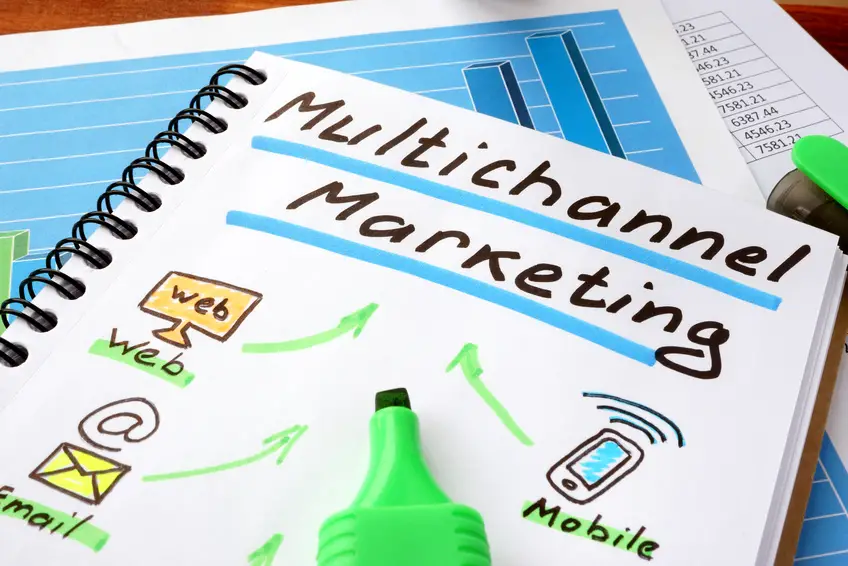In today’s competitive marketplace, marketing is a core activity. It is essential for every business to develop an effective marketing strategy that focuses on meeting the unique requirements of its target audience. Marketing is more than just creating brand awareness – marketing is a system. It is an integrated set of strategic activities that combine with transactional activities to create value for the company.
What Is A Marketing Strategy?
A marketing strategy is any structured approach allowing many market participants to provide and obtain what the company needs: helping sellers and buyers interact with each other, establishing and maintaining relationships, generating leads and sales, and ultimately providing a seamless transaction for the end-user. Market strategies are the activities or processes by which the key activities of marketing fit together. Marketing is more than just creating a brand name or slogan; it is also about developing a profitable model for distributing the product or service. Businesses nowadays are increasingly using social media to raise brand awareness. They may also buy TikTok likes for content that has their logo or mentions their brand. A hybrid marketing system is one in which the actions and functions of marketing mix traditional sales with non-traditional forms of networking.
Understanding The Functions Of Hybrid Marketing Systems
Hybrid marketing systems are characterized by two key elements: traditional sales and social media. The underlying principles are usually quite similar for hybrid systems, including segmentation and positioning of potential customers, identification of target markets, and the development of a solid customer base. Hybrid marketing begins with an action-based call to action (COP) and uses the benefits of the Internet, mobile technology, and social media to support the COP. This initial communication is often an “ice breaker” and is designed to generate interest. A traditional “call to action” includes the use of a sales letter, email, or Web site to generate interest. These methods help to establish a connection between the company and the customer at a personal level.
Hybrid marketing systems then help to create and sustain client relationships that are more personal and maintain ongoing relationships over the long term. The primary goal of marketing systems is to build an emotional connection between the seller and the buyer. As mentioned previously, traditional methods of selling usually involve the development of a product, the delivery of this product to the client, and the collection of payment. These tasks typically require long-term contracts and agreements. Social media can provide a powerful vehicle to establish these business relationships in a much shorter term.
Elaborating On Social Media Marketing
Social media provides the opportunity to establish those business boundaries. In essence, the client relationships formed via social media allow the entrepreneur to differentiate themselves from competitors and create a unique selling proposition (USP). These relationships can be established based on geographical boundaries, hobbies, beliefs, and other attributes. This allows the marketing system to provide tangible benefits to the organization while driving earnings growth.
Multi-Channel Marketing Systems
A strong MSP system will provide additional value by creating additional marketing opportunities within the client’s circle of influence. The MSP will also help the seller define their brand identity and position the company as a credible professional. Social media marketing provides the ability to reach a larger audience through targeted content, which in turn, creates additional revenue streams for the seller. The MSP provides a useful gateway between the company’s offerings and the larger market.
The goal of an effective MSP system should be to align the channels with the customer characteristics that provide the greatest return on investment. For example, a company that sells loans may want to maximize exposure by promoting their lending channel via a social media platform such as Facebook. Likewise, a financial services company could use Twitter to connect with customers who are most likely to need their particular services. Both Facebook and Twitter provide the opportunity to build trust and credibility while also providing a convenient method for the companies to engage with their target audience.
When properly executed, MSPs can increase sales and profits while reducing marketing spend. Companies should consider using a combination of traditional and online marketing to increase reach and revenue while cutting costs associated with traditional direct sales force and lead generation strategies. An effective MSP can be used to leverage existing customer relationships and establish new ones, as well as drive greater revenue.







